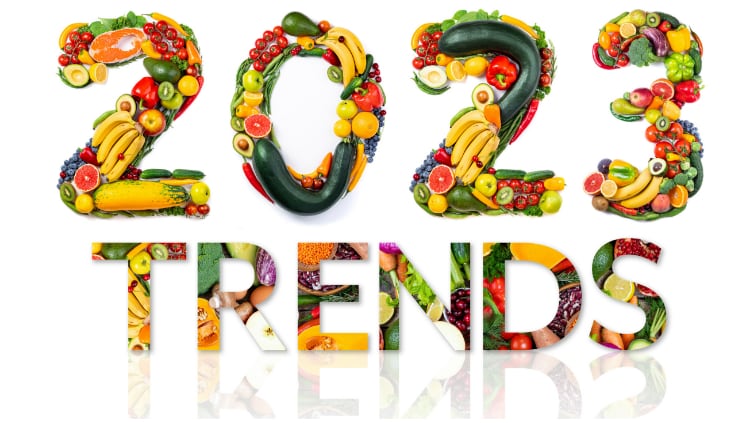In recent years, there has been unprecedented disruption across the food and drink supply chain following the quick succession of multiple shocks. In the face of such volatile market pressures, food and beverage producers have been forced to halt or cancel investments, despite an increasing appetite for innovation in NPD and manufacturing processes.
In terms of planned capital investment expenditure, the results of the FDF report paint a mixed picture, with 22% of businesses expecting a fall, 42% no change and 36% an increase.
Meanwhile, more than a third have reported that output has fallen over the year to March 2023, while 44% have increased production.
Production costs: smaller manufacturers take biggest hit
Food inflation fell to 19.1% in April from 19.2% in March. Sugar and olive oil saw big price increases and most categories experienced double-digit inflation. It is expected though, that food inflation has peaked and will continue to slow for the remainder of the year.
Total input costs for food manufacturers were 16.3% higher in the first four months of 2023 compared to the first four in 2022. UK sourced ingredients and imported ingredients were up 14.3% and 27.5%, respectively. While costs have plateaued in recent months, the report states they remain significantly higher than a year ago and have not started to decline.
Although the sector has been subject to cost hikes, the report reveals that manufacturers have shielded consumers from the full impact.
On average, total costs increased 15.4%, while selling prices rose by 12.5% over the year to March 2023. All surveyed businesses reported cost rises, although only 94% reported increases in their average selling price.
Changes in underlying production costs take between seven to twelve months to filter through to consumer prices, the report reveals. This lag may be the result of the use of fixed-term contracts with suppliers and with customers. Food manufacturers can lock in commodity prices for up to 12 months – long enough to cover a season of bad weather, but short enough for underlying demand changes to feed through.
Many companies also absorbed a share of rising costs, with smaller companies generally absorbing more than larger organisations, possibly due to their reduced negotiating power with supermarkets. Larger manufacturers also have the added advantage of brand loyalty compared to own-label producers.
Energy prices and pay may rise
Winter energy prices remain unclear, with the futures market anticipating higher rates. Food and beverage companies are also expecting an average pay increase of 5.4% over the next 12 months.
Industry’s labour vacancies fell to 5.9% in Q1 compared to 7.0% in Q4, the lowest rate since Q1 2022 (5.2%). However, they remain uncomfortably high at almost double the rate of the whole of UK manufacturing (3.1%) and above the UK’s rate (3.5%).
Markets conditions are improving, but may not be within reach
Overall volatility is dissipating, with falling energy and agricultural prices bringing in some welcomed stability. Yet the industry will continue to face difficult market conditions – and with many manufacturers using long-term purchasing contracts, not all of them will be able to take advantage of these favourable market conditions immediately.
Despite long term challenges, food and drink sector is optimistic
For the medium and longer-term, subdued investment and climate change are the main risks to growth. With vital infrastructure postponed, we’re likely to see a negative impact on long-term productivity and jobs for the wider economy.
Despite this challenging landscape, the FDF has found business confidence is starting to move in a more positive direction, climbing 17 points in the last period to -30.
Among the respondents, 84% believe production levels will be maintained or increase over the next year.
Commenting on the results, Balwinder Dhoot, FDF’s director for growth, said: “Building a sustainable and resilient food supply chain which supports the economy requires sustained investment to drive technological advancements and innovation. If the Government can create a stable and positive business environment, the UK’s largest manufacturing sector, is ready to play its part in driving the productivity growth that our country needs.”





